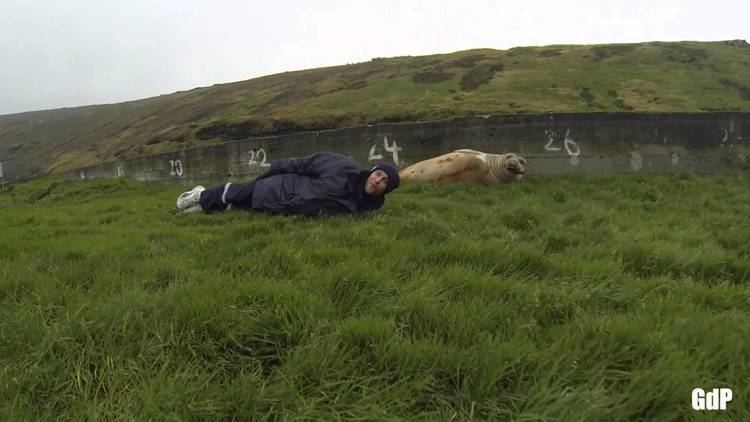Location South Indian Ocean Length 18 km (11.2 mi) Highest elevation 934 m (3,064 ft) Elevation 934 m | Archipelago Crozet Islands Width 13 km (8.1 mi) Highest point Pic du Mascarin Area 150 km² | |
 | ||
Island groups Crozet Islands, L'Oriental | ||
Les taaf crozet le de la possession
Île de la Possession, or Possession Island, formerly Île de la Prise de Possession, is part of the subantarctic Crozet Archipelago.
Contents
- Les taaf crozet le de la possession
- Map of C38Ele de la Possession
- Description
- Important Bird Area
- Other wildlife
- References
Map of %C3%8Ele de la Possession
With an area of 150 km2 (58 sq mi) it is the largest island of the group and the only inhabited one. Administratively, it is part of the French Southern and Antarctic Lands. It is an important nesting site for seabirds.
Description
Île de la Possession lies in the eastern group of the archipelago, about 20 km west of Île de l'Est (East Island). It has a rugged, landscape of mountains cut by deep glaciated valleys. The coastal areas and valleys are covered with herbaceous subantarctic vegetation. The island is uninhabited except for the staff of the Alfred Faure research station at the eastern end of the island, with a maximum of about 20 people.
Important Bird Area
The island has been identified as an Important Bird Area (IBA) by BirdLife International as a breeding site for seabirds, of which there are at least 26 breeding species. Birds nesting in relatively large numbers include king, northern rockhopper and macaroni penguins, wandering, sooty and light-mantled albatrosses, northern giant petrels, medium-billed prions, Kerguelen and soft-plumaged petrels, and South Georgia diving petrels.
Other island breeders in smaller numbers are southern giant petrels, grey-headed albatrosses and Kerguelen terns. Crozet blue-eyed shags, black-faced sheathbills and Eaton's pintails are resident. The smaller birds nest only at higher altitudes because of their vulnerability to rat predation at lower levels.
Other wildlife
The goats that were introduced have been eradicated, though black rats remain and are a threat to the birdlife. Both Antarctic and subantarctic fur seals, as well as southern elephant seals, breed on the island. A pod of about 80 killer whales inhabits the surrounding waters. Two plants and 59 arthropod species endemic to the archipelago are present.
